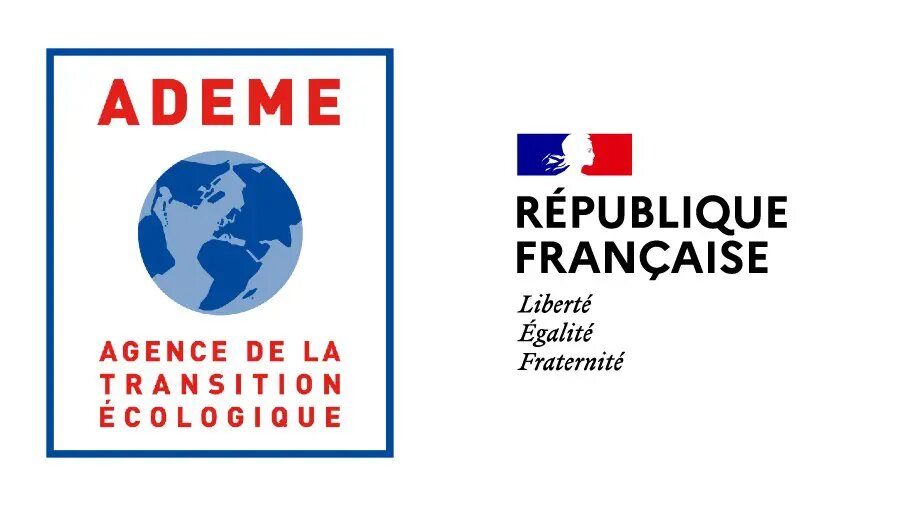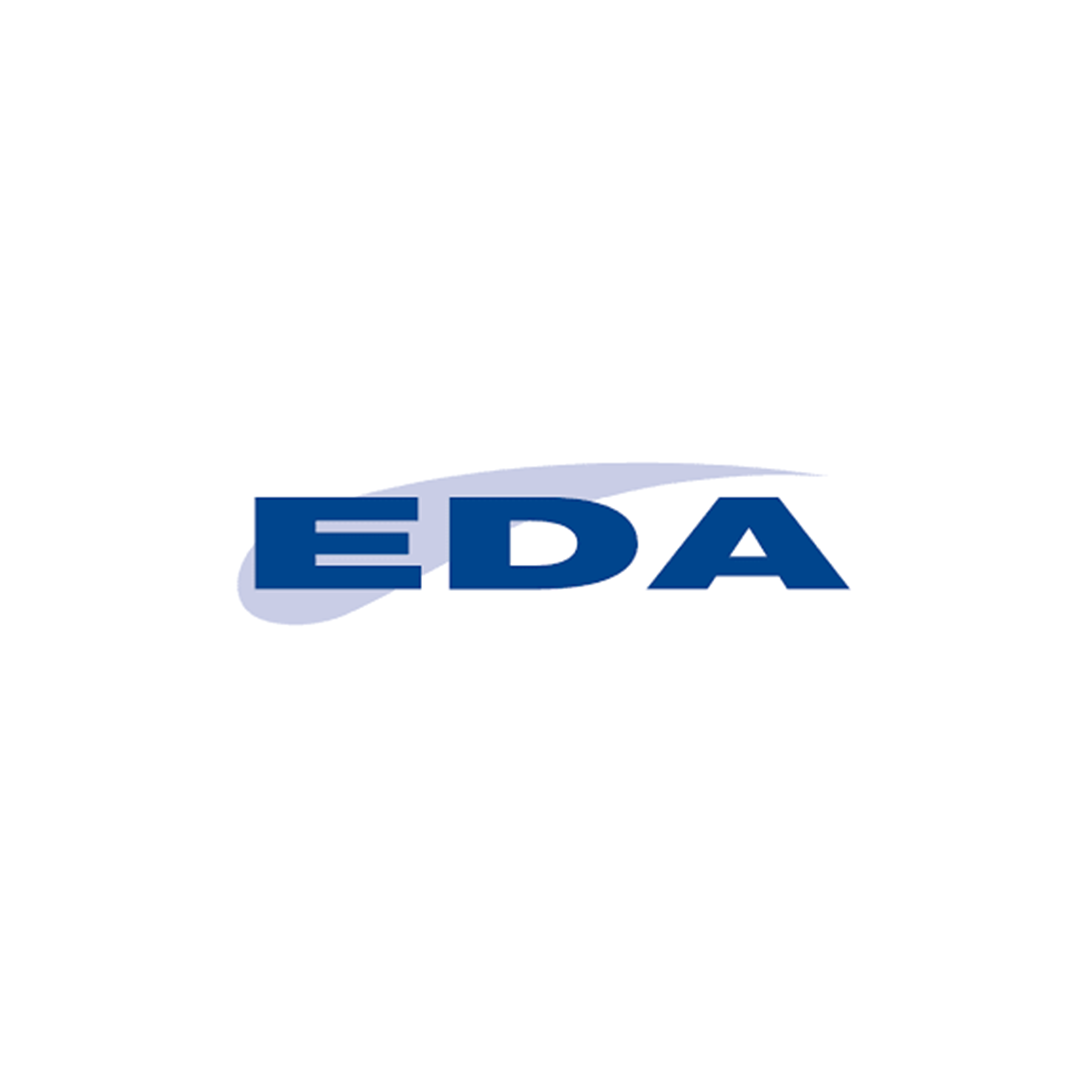

Tertiary Decree
For commercial buildings, the July 2019 decree mandates a gradual reduction in energy consumption by 2050.
Known as the "Tertiary Decree" or "Tertiary Renovation Decree," it outlines the implementation details of Article 17 of the Energy Transition Law. This decree requires the improvement of energy performance in tertiary building portfolios to achieve a 60% reduction in energy consumption by 2050. Specifically, the Tertiary Decree obliges building owners and tenants of commercial properties larger than 1,000 square meters to reduce their final energy consumption.

To reduce their consumption, obligated parties can choose between two objectives:
- Relative Objective (CRELAT): This objective involves reducing building energy consumption by -40% by 2030, -50% by 2040, and -60% by 2050.
- Absolute Value Objective (CABS): The goal here is to reach a set consumption threshold expressed in absolute terms. This threshold is determined based on the type of activity within the building, its geographic location, and its altitude. To identify the threshold according to activity, various decrees specifying absolute values are being published. It is also possible to pool results at the scale of the building portfolio.

Establishing the reference year
A key step in achieving this objective is defining the reference year. The reference year serves as the baseline for analyzing the company’s energy consumption trends, helping to validate goal achievement.
The energy managers at Qualisteo determine reference years through a precise methodology and expertise (IPMVP certification).
- The reference year should fall between 2010 and 2020, ideally before the company implemented any existing energy efficiency improvements. It must cover a full year of operation, that is, 12 consecutive months.
- The reference year must be reported on ADEME’s OPERAT platform by September 30, 2022.
- This reference year is determined by a CMVP-certified Qualisteo engineer, taking into account climate variations, activity levels, and any elements impacting consumption.

Implementing an energy management system
The Tertiary Decree goes beyond establishing a reference year. Site data must be clearly quantified and monitored by usage, and savings must be tracked and demonstrable with reliable evidence.
The Wattseeker platform, a comprehensive energy management system, enables the separation of consumption data according to various uses and real-time tracking of consumption changes by zone and usage. It facilitates the continuous transfer of all necessary data to ensure full compliance with the Tertiary Decree and to support the achievement of its objectives.




